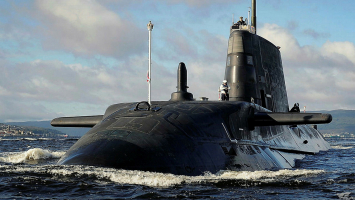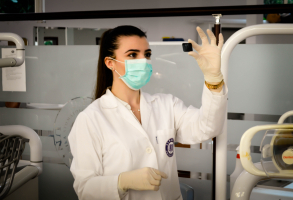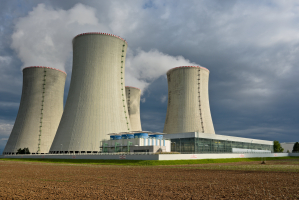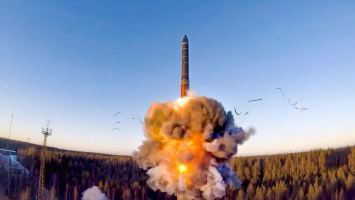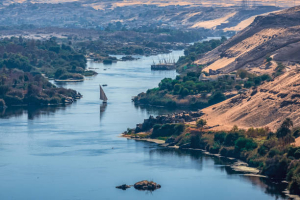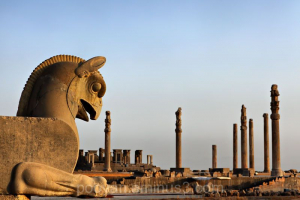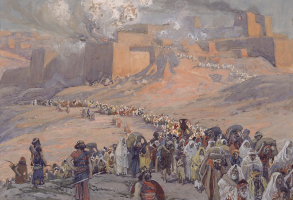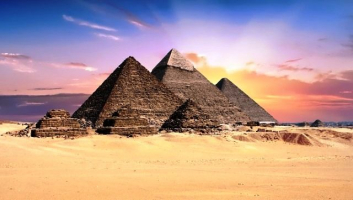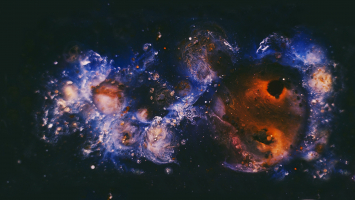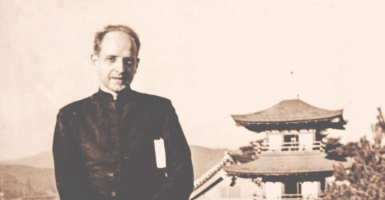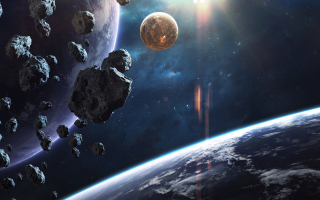Top 10 Fascinating Nuclear Sites
In the 1930s, Enrico Fermi laid the foundation for nuclear power. By the 1940s, we had all the horrifying proof we required of the incredible power that atom ... read more...splitting can provide. The number of nuclear warheads in the globe has decreased from an all-time high of over 70,000 in the 1980s to little under 14,000 today. There are 440 nuclear reactors operational worldwide in 30 different nations. There have been numerous significant nuclear accidents throughout history. With everything going on, it makes sense that there are a lot of fascinating nuclear sites out there.
-
Nuclear waste is a byproduct of nuclear power. This is a significant disadvantage of nuclear power, which otherwise does not pose as much of an environmental threat as burning fossil fuels. High level nuclear waste has the drawback of being radioactive for almost indefinitely. It must be kept carefully for a long time. Other less harmful waste can either be carefully kept until it becomes less dangerous or is actually recycled back into nuclear power plants. After 40 years in storage, a significant amount of nuclear fuel will have radioactivity that is one thousandth of what it was when it was first produced.
Hence, even if managing nuclear waste can really become simple after a number of decades, it still needs to be done somewhere, which is where the Waste Isolation Pilot Plant comes in. The location, which is situated deep below a salt formation in New Mexico, has been granted a permit to store spent nuclear material from the country's nuclear weapons program for 10,000 years.
Nowadays, the facility houses more than 2.7 million cubic feet of nuclear waste. It is scheduled to be shut down sometime between 2025 and 2035. The plan is for the region to flood with salt and water after the walls have crumbled, forming a natural grave for the trash.
The government has collaborated with linguists and other experts to create a warning system to keep future humans away from the site because they are aware that the facility needs to remain secure for 10,000 years. Hopefully a huge wall with warnings in seven different languages inscribed on the pillars will do the trick.
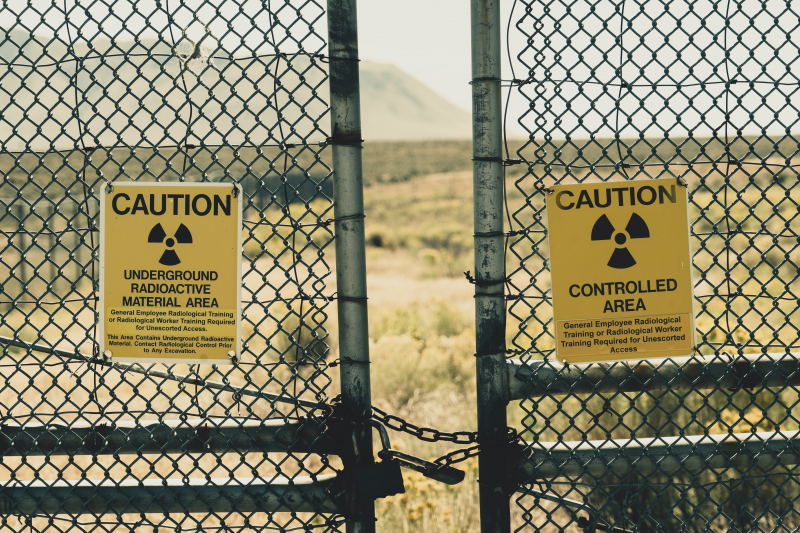
Image by Dan Meyers via unplash.com 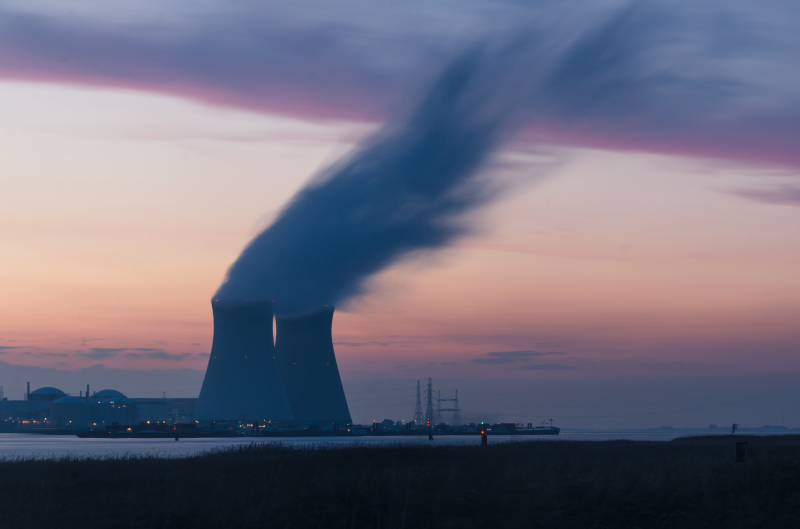
Image by Frédéric Paulussen via unplash.com -
Because it isn't technically a nuclear site at all, the Yucca Mountain Nuclear Waste Repository is unlike any other nuclear facility in the world. There is currently very little at the site, and there is no clear plan for anything to be developed there in the future, despite the fact that the project was approved in the year 2002 and was funded all the way through 2011.
The goal of Yucca Mountain's construction was to serve as a repository for high-level radioactive waste and spent nuclear fuel. The facility was designed to be able to store 77,000 metric tons of trash over a 40-mile tunnel, which was dug five miles below the mountain.
Around $9 billion was spent by the US government on geological surveys and other local research projects. When the Obama Administration started the process of shutting it down in 2009, they immediately stopped all work. The Senate rejected the idea, so the Trump Administration's request for financing to resume licensing operations on the site was unsuccessful. Today, all that remains of the facility is a boarded-up tunnel.
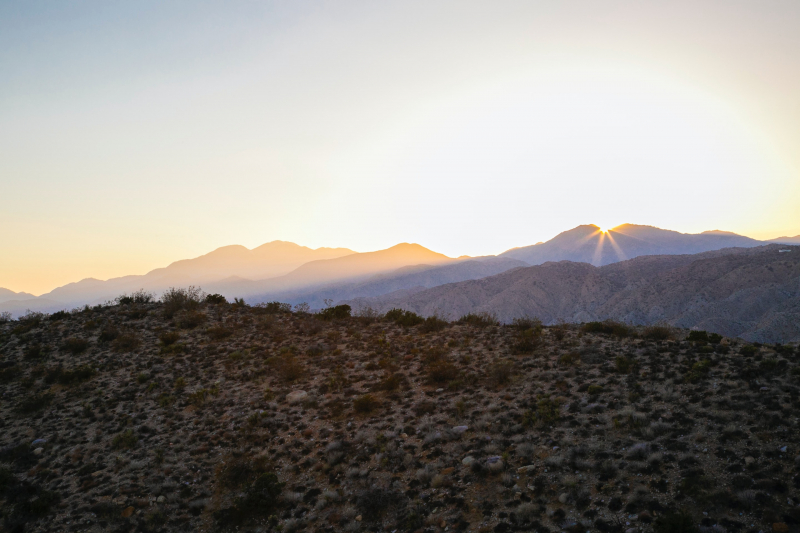
Image by Kitera Dent via unplash.com 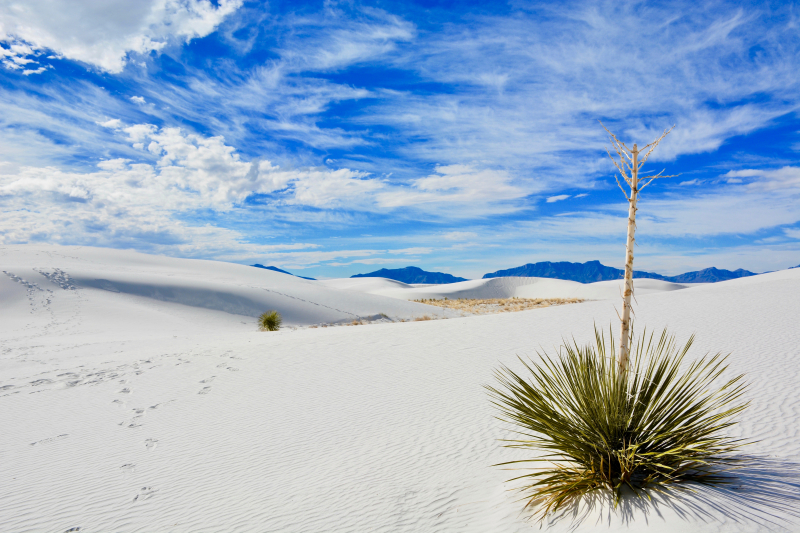
Image by Josh Rangel via unplash.com -
In Goiânia, Brazil, one of the strangest and most dangerous nuclear accidents ever occurred, and the majority of people have never heard of it. At Goiânia, neither a nuclear weapon test nor a nuclear reactor existed. Moreover, garbage wasn't kept there. There was a hospital, though, and they had left it for dead.
In 1987, scavengers broke into the town's abandoned hospital and found a vintage teletherapy machine that had been used to cure cancer. Nobody knew that the machine had a nuclear core made of cesium-137. In an effort to sell the old unit for scrap metal, thieves seized it and started disassembling it. They quickly exposed themselves to intense radiation after releasing the radioactive core.
One of the men was amazed by the blue glow and told his friends and family about it. 112,000 persons had been exposed to radiation in total, and 249 had received high doses. Radiation evidence was found 100 miles distant. One of the first persons to discover it developed it to such a severe degree that he required arm amputation.
When authorities realized there was a radioactive leak somewhere, they called in specialists from both the US and the USSR. Forty residences had to be razed since the radiation irradiated the structures themselves and resulted in the deaths of four people from exposure. In addition to the radiation-related illnesses that thousands of people experienced, the town as a whole was boycotted, and the Brazilian government revised its regulations on the storage of radioactive materials.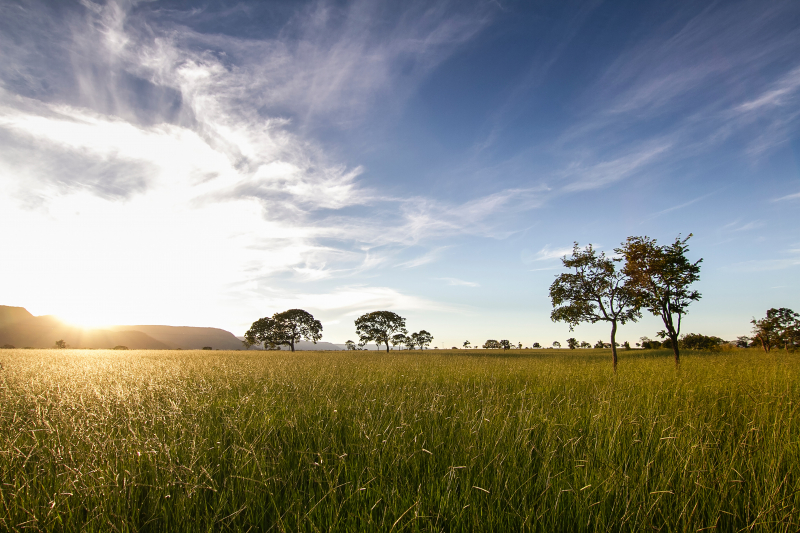
Image by Gustavo Leighton via unplash.com 
Image by João Pedro Cruz via unplash.com -
Hanford, Washington, would resemble any other quaint little American town if you were to look at vintage photographs of the location. In 1943, when the Manhattan Project began to occupy the area, the war department informed the locals that they would need to go.
During the Second World War, the United States produced plutonium at Hanford for use in its nuclear weapons program. To meet the demands of the Cold War, the program gained momentum in 1947. It ran continuously until 1987, when the reactor was eventually shut down.
The landscape around Hanford was transformed into a sort of nuclear wasteland as a result of the processing and refinement of nuclear materials on the site. The region, especially the Columbia River, was polluted by both solid and liquid garbage.
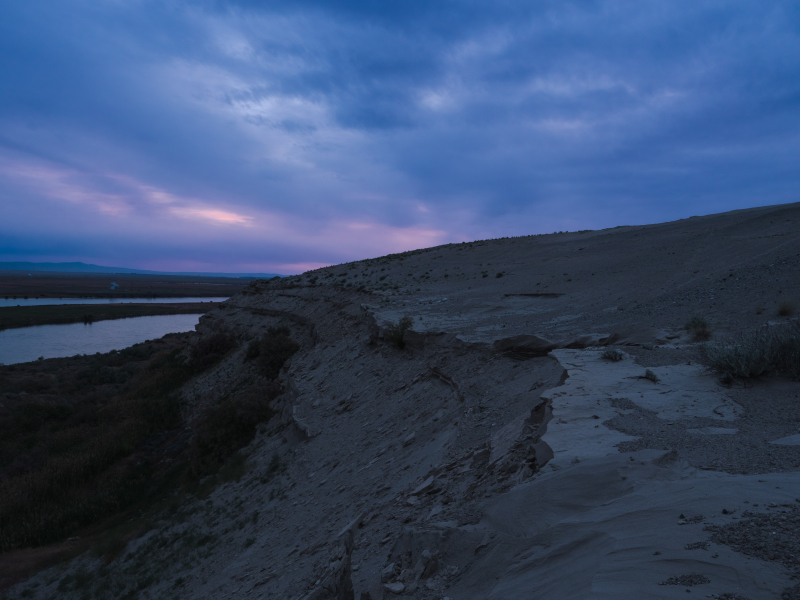
Image by Theo Bickel via unplash.com 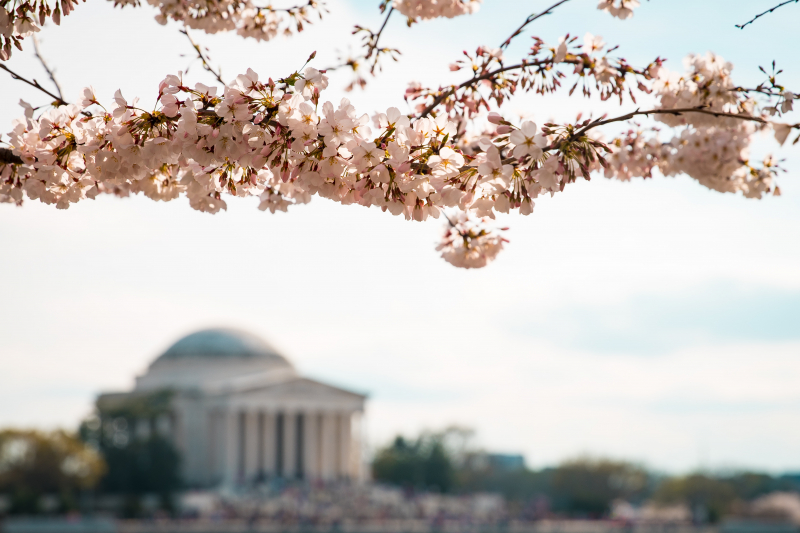
Image by Ashton Bingham via unplash.com -
The Marshall Islands are a location you definitely don't want to go near, even though most people would probably rank Chernobyl at the top of their list of locations they wouldn't want to visit due to their concern about radiation exposure. The location of American nuclear weapon testing is still roughly ten times more radioactive than Chernobyl after more than 60 years.
On July 25, 1946, a bomb on the Bikini Atoll in the Marshall Islands detonated for the first time. They conducted the first hydrogen bomb test there five years later. They tested a bomb that was 1,000 times more potent than the one that exploded over Hiroshima three years later.
The Marshall Islands were the site of 67 distinct nuclear weapon tests, and the destruction is evident from space. The Dome, an enormous crater containing 85,000 cubic meters of radioactive waste buried in concrete, may be found on one of the islands. The region will flood if sea levels rise further, and radioactive waste would likely escape.
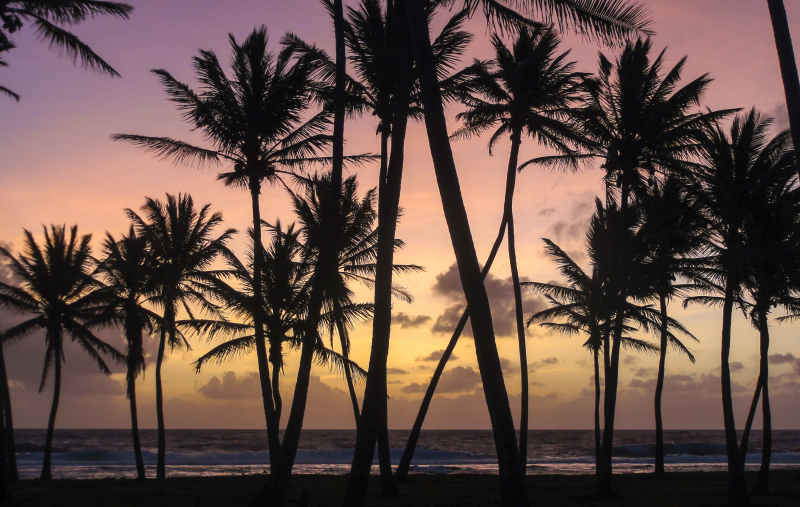
Image by Vance Berisford via unplash.com 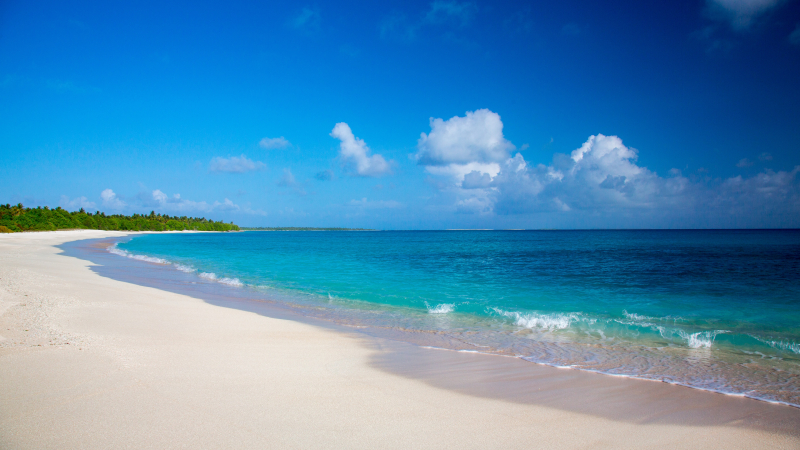
Image by Kurt Cotoaga via unplash.com -
The Polygon not only has a fascinating, enigmatic nickname, but also a horrific, risky past. The Soviet Union's nuclear weapons program conducted testing at the Polygon, an area in Kazakhstan that is 18,500 square kilometers in size.
The Soviet Union tested 110 nuclear weapons above ground in this region between 1949 and 1963. Even if that seems horrible, it gets worse when you consider that this was a populous region. According to officials in Kazakhstan, the area's 1.5 million residents were exposed to fallout. Moreover, the underground testing, which went on until 1989, is not included in this.
Research on the health of those who resided in the region throughout the tests, as well as their offspring and grandkids, has revealed cancer pattern and some early indications that cardiovascular health may deteriorate and be genetically handed down.
A nuclear bomb dropped during at least one test at the Polygon in 1953 that was 25 times more potent than the one that went down at Hiroshima. No locals were informed that the tests were taking place or ordered to leave to avoid exposure. Moscow officials withdrew medical data from the region when Kazakhstan declared independence from the Soviet Union.
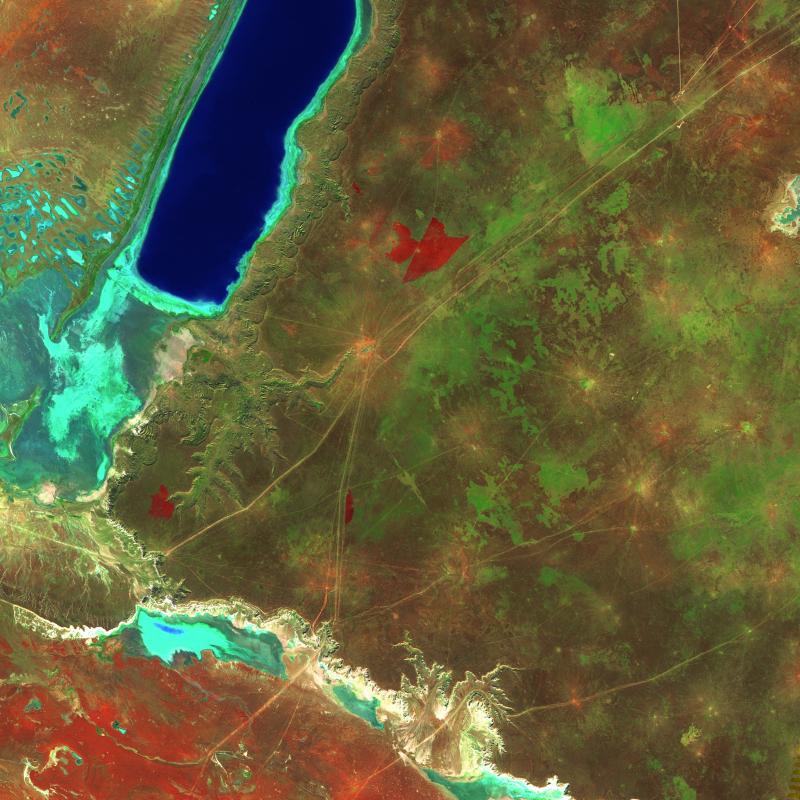
Image by USGS via unplash.com 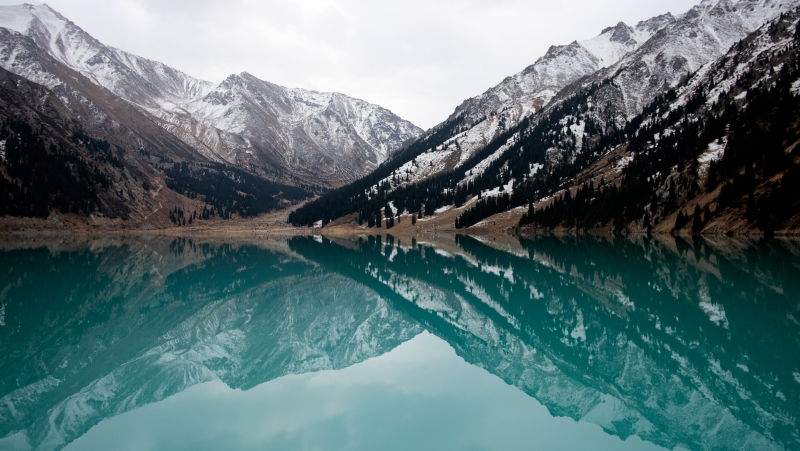
Image by Polina Skaia via unplash.com -
Nuclear power plants were created with a lot of thought and technology, but the fundamental concept is not one that depends on technology. In fact, there are 17 naturally occurring nuclear fission reactors in Gabon, which is in Western Africa. They spontaneously developed two billion years ago and generated 1,000 light bulb-worth of electricity.
For upwards of a million years, these natural reactors produced electricity, and radioactive waste was carefully stored at the locations as well. This proved that geological storage could occur safely and securely, which has important ramifications for us in the current day. Almost equivalent to artificial reactors, natural reactors generate nuclear processes. The energy released when uranium atoms split apart was slowed down by the presence of water, sustaining the process for a long time.
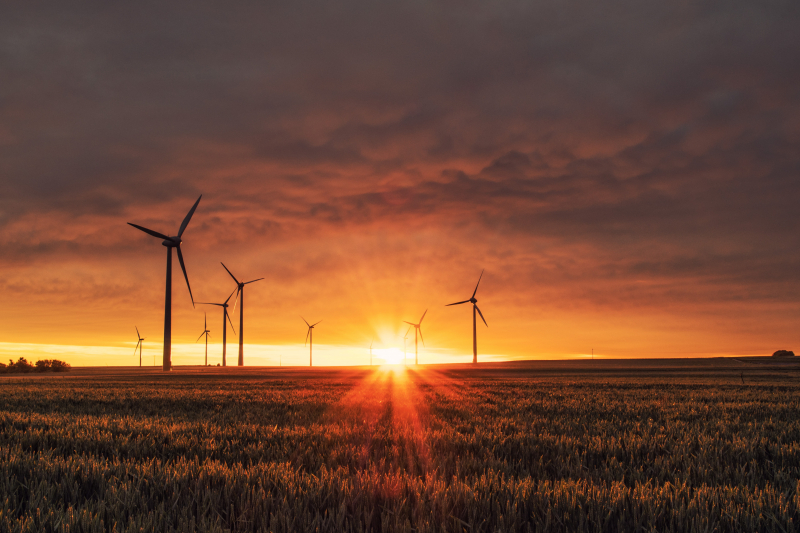
Image by Karsten Würth via unplash.com 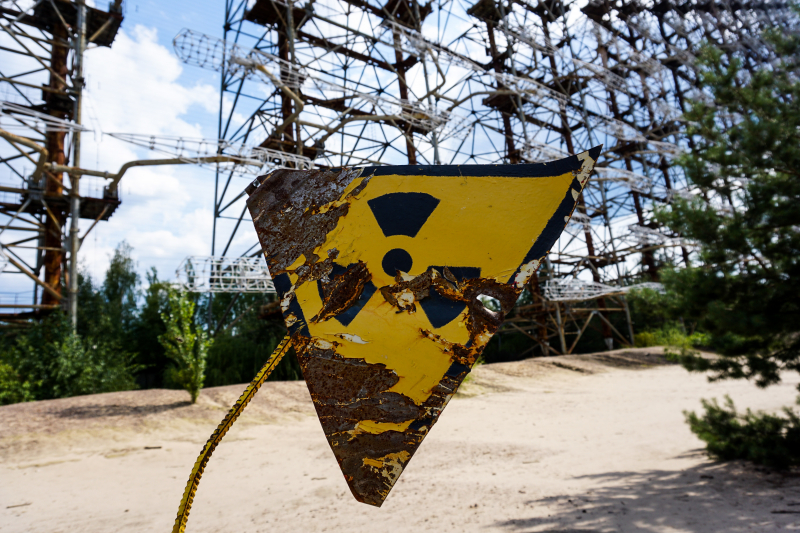
Image by Ilja Nedilko via unplash.com -
Florida Power & Light Corporation asked the federal government in December 2019 to extend the licenses of two nuclear reactors by an additional 20 years. They received approval, making the Turkey Point nuclear power reactors the oldest nuclear plant still in operation when their licenses expired. The two reactors at the location would be 80 years old in actuality.
Other people worry that the government wants to prolong the life of nuclear power facilities, which were never intended to run for so long, especially in such difficult conditions. Most nations are moving away from nuclear energy in favor of more renewable and secure energy sources. A nuclear power plant grows less safe as it ages, experts have noted. Due to years of nuclear bombardment, even the safety features inside of the plant deteriorate, making it more difficult to contain a crisis if it arises.
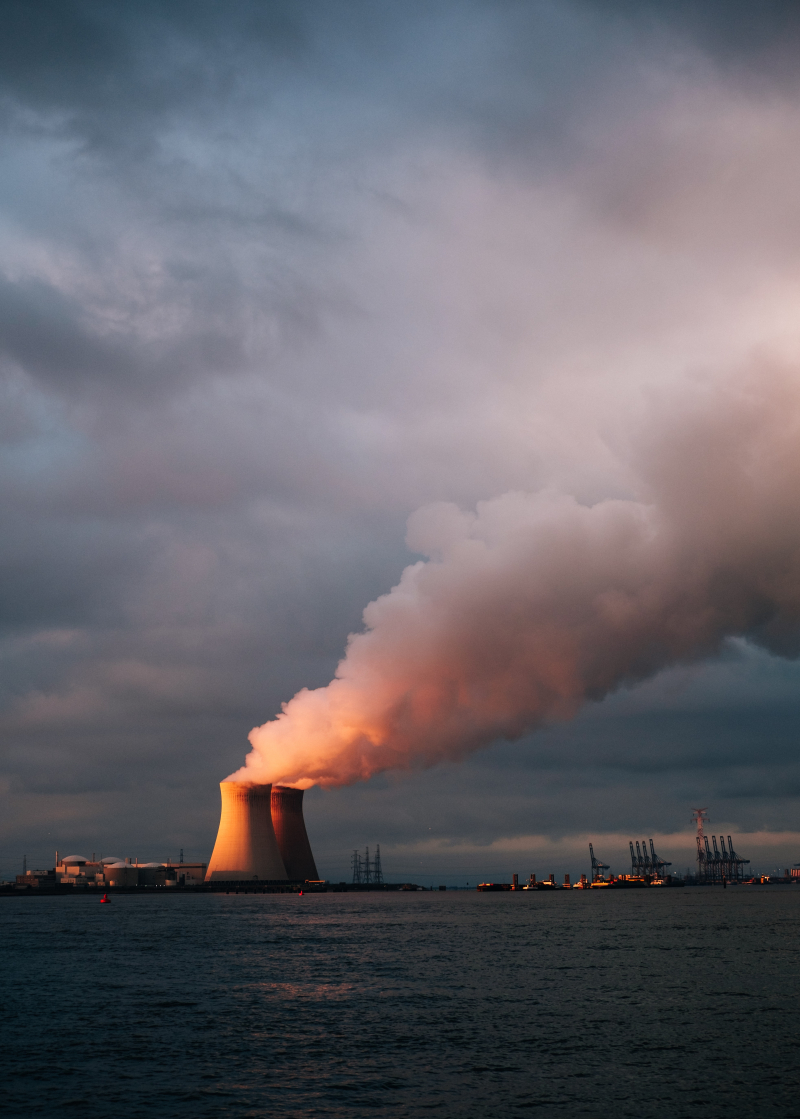
Image by Mick Truyts via unplash.com 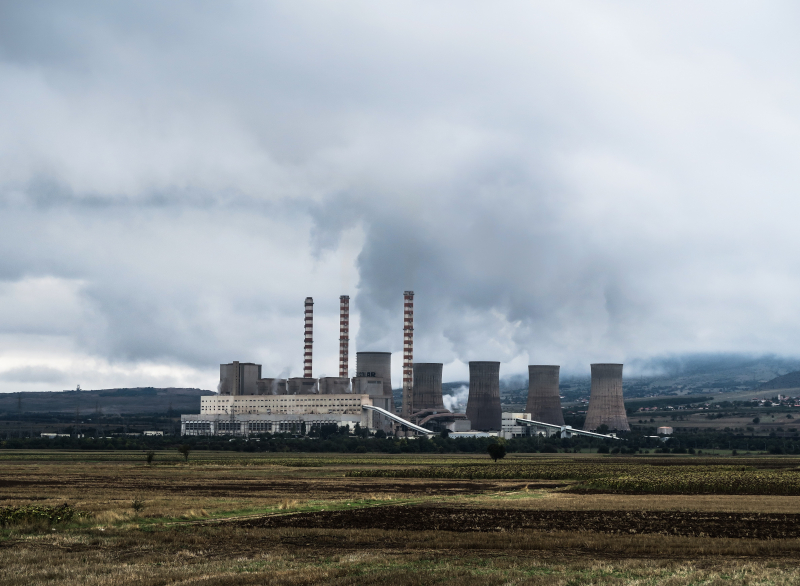
Image by Jason Blackeye via unplash.com -
It shouldn't be surprising that not all nuclear power plants are constructed the same way and that some are bigger than others given that there are over 400 of them in the world. Japan is home to the largest plant in the world, the Kashiwazaki-Kariwa power station. The facility has seven reactors and produces 8,212 megawatts of electricity. That powers 16 million homes with electricity.
The factory experienced an earthquake in 2007, but officials decided that there was minimal damage. The region was hit by a 6.9 earthquake three years prior, but the reactors kept operating throughout, with only one reactor eventually shutting down when an aftershock temporarily tripped an alert. In order to strengthen the structure, the foundation of the plant's fourth story is fastened underwater into bedrock and sand. This is due to Japan's tectonic plate positioning, which makes it very earthquake prone.
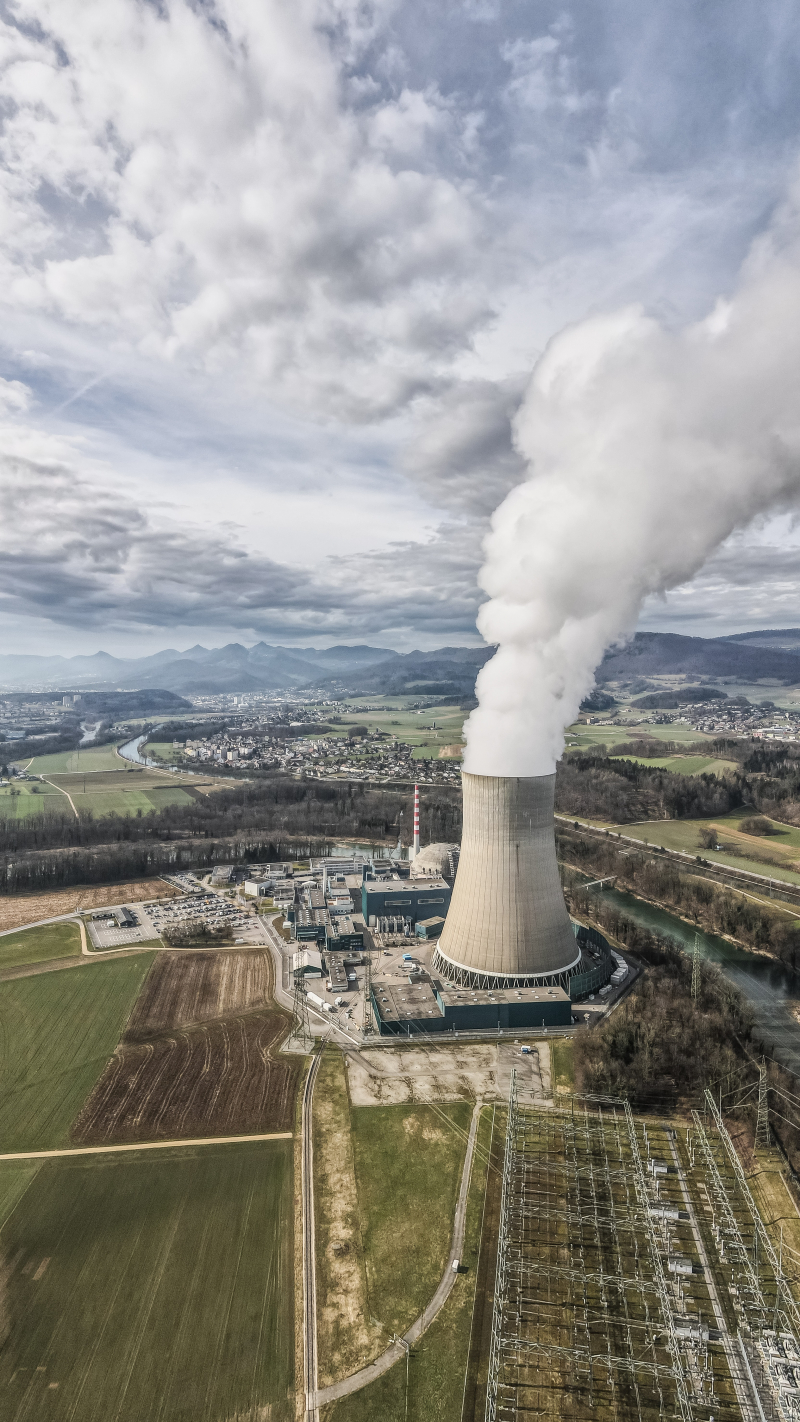
Image by Patrick Federi via unplash.com 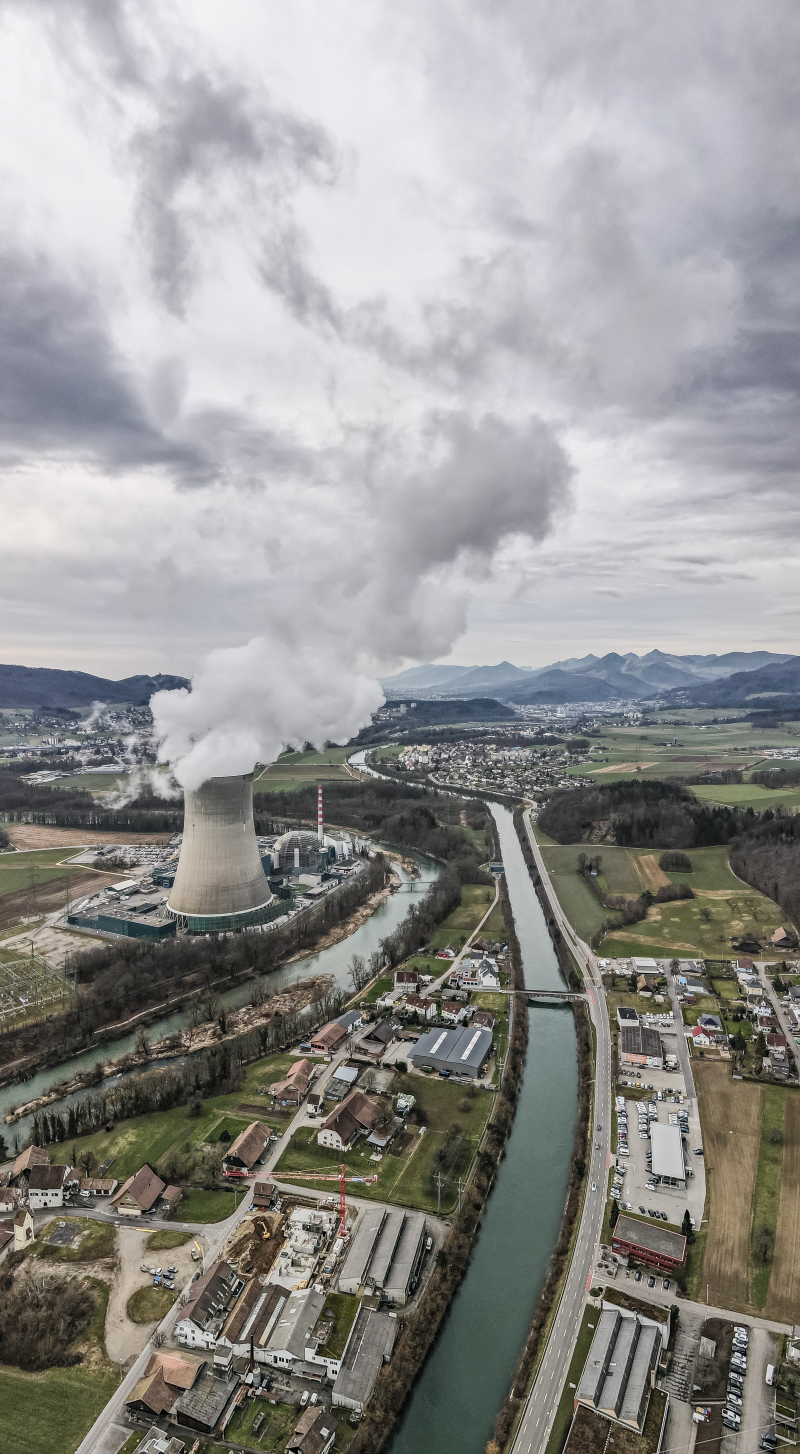
Image by Patrick Federi via unplash.com -
The most well-known nuclear facility and accident in history may have occurred at the Chernobyl nuclear power plant. The facility, which was located in the north of Ukraine close to the town of Pripyat, blew up on April 26, 1986. Once plant operators turned off the safety mechanisms that prohibit proper cooling in compliance with regulations, an excessive amount of steam accumulated. Reactor power surged, and they were unable to turn it off.
Two workers perished in the original explosion, but many more would pass away from radioactive exposure in the days that followed. As 250 firefighters worked for 10 days to put out the fire, it was finally doused. Acute radiation sickness was already manifesting in many Pripyat residents by the time the town was evacuated 36 hours later.
Throughout the first four months following the tragedy, 28 Chernobyl employees lost their lives. Many of these personnel voluntarily exposed themselves to radiation, well aware of what would occur while they worked to resolve the issue. By 2015, there was proof that up to 20,000 persons who were still youngsters at the time of the plant explosion had developed thyroid issues.
Chernobyl's immediate vicinity is still very radioactive today. In 2017, they reinforced the concrete sarcophagus in which they had sealed the reactor. Although many residents returned to their homes, there is a 1,000 square mile Exclusion Zone around the facility that no unauthorized workers are allowed to access. They nevertheless permit tourists to visit.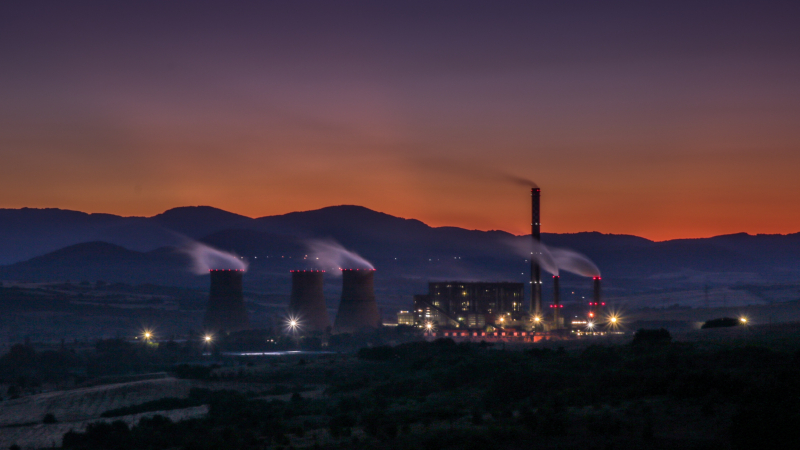
Image by Viktor Kiryanov via unplash.com 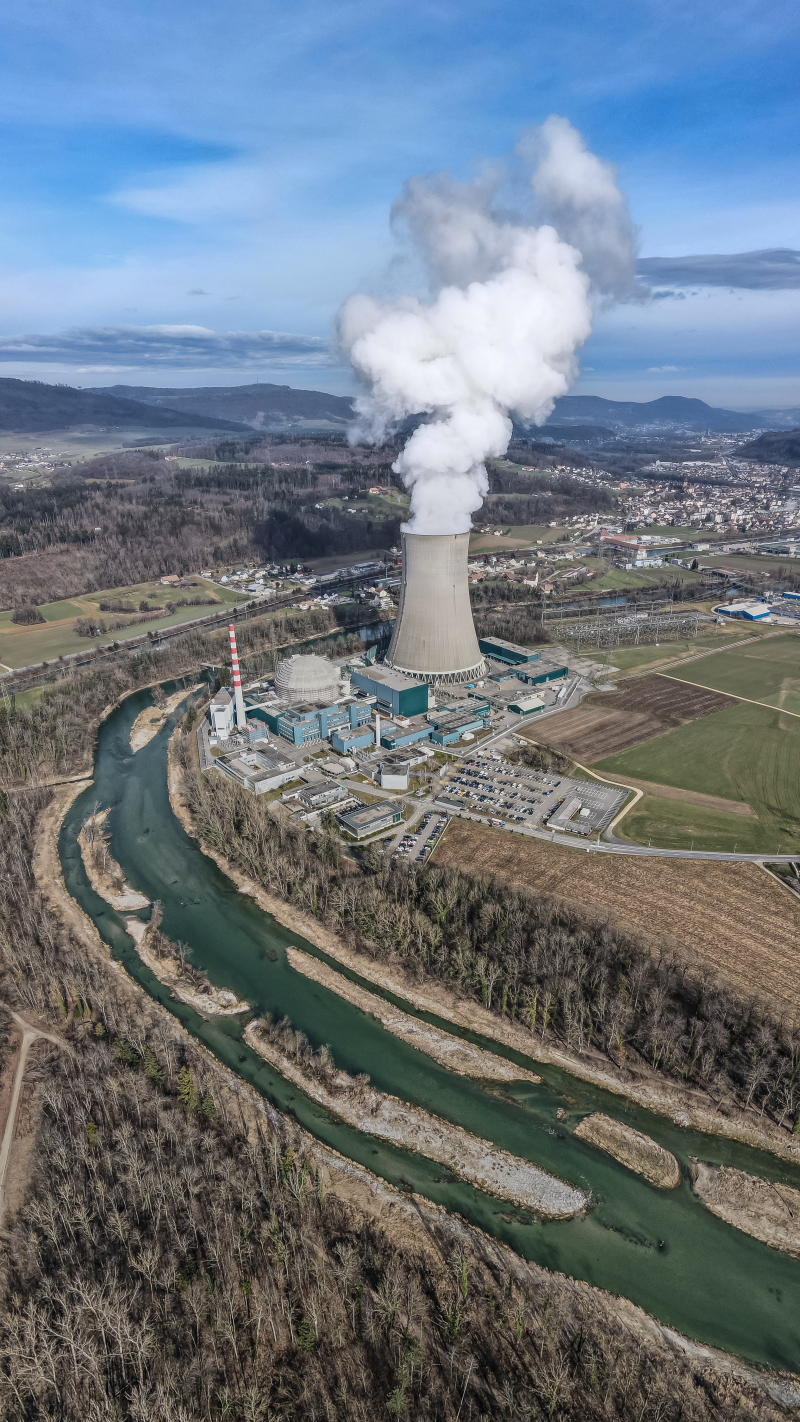
Image by Patrick Federi via unplash.com












